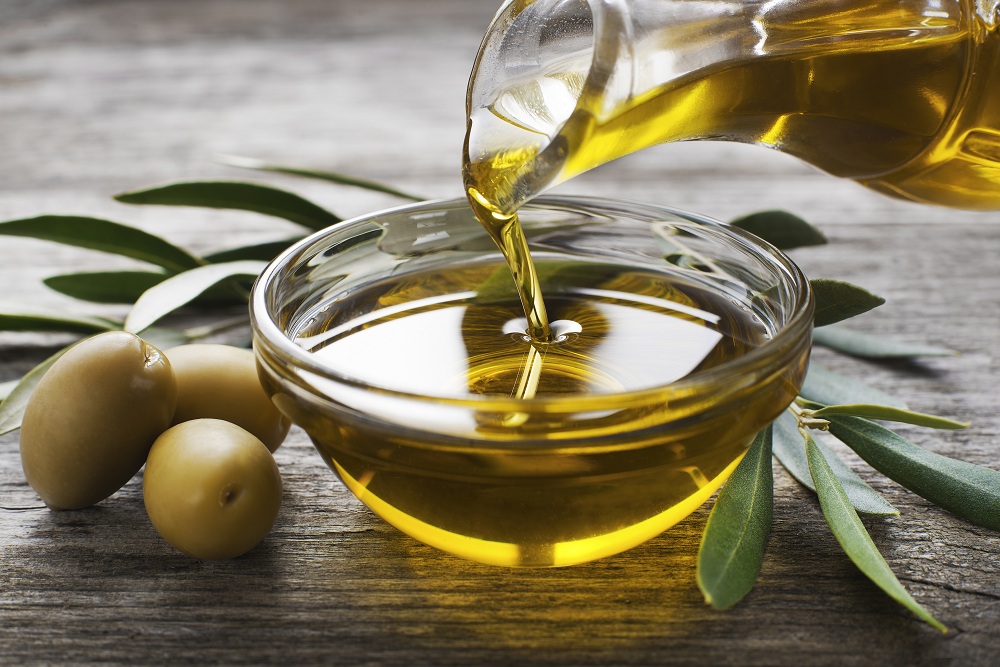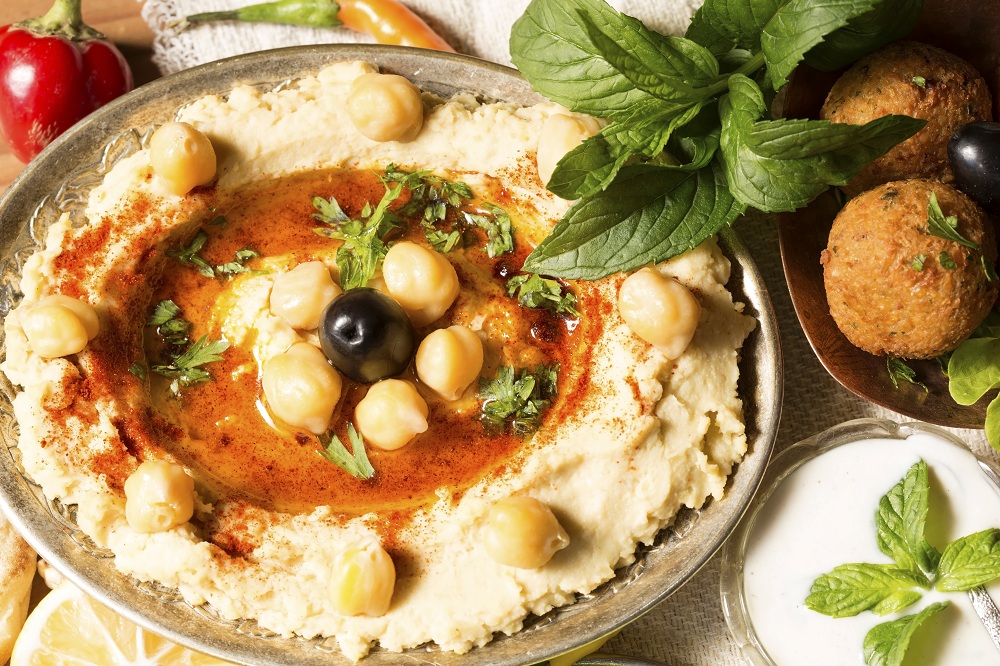The countries surrounding the Mediterranean Sea enjoy the huge fishing ground and fertile soil that the sea offers. This allows people living in this region to catch fresh seafood and grow healthy crops for their dishes. Most Mediterranean recipes are simple and take advantage of crops that are in season. They often contain olive oil and yogurt, which are great for flushing down toxins from the body.
More and more people are adopting the Mediterranean diet because of its mostly plant and fish-based ingredients that are beneficial to the whole body. This is also partly because of the rise in popularity of Greek food, which is regarded as the gold standard diet. According to The Great Greek Grill, Greek food is more than just a trend; it’s a lifestyle and a healthy alternative. For some, Greek cuisine is a gateway to explore food from other Mediterranean countries like Turkey, Israel, and Egypt, which share the same healthy ingredients.
Where to Start
There are plenty of delicious Mediterranean dishes to choose from, and it’s easy to get confused in your excitement to try them out. Here’s a selection of must-try food items from the nearest Mediterranean restaurant:

Appetizers
- Baba Ganoush – A dip made from eggplants, tahini (a condiment made from sesame), garlic, yogurt, and spices such as sumac and cayenne pepper. Eggplants are a good source of dietary fiber. Yogurt also contains an ample amount of protein. This silky dip is usually paired with pita bread, which makes it great for parties. In fact, this is a staple in “mezze” plates, Mediterranean party plates.
- Dolmades – This is a grape leaf roll filled with rice and meat. Another staple in mezze plates, the name “dolmades” comes from the Turkish word “dolma”, meaning “stuffed.” This is great if you’re trying to lose weight since grape leaves are low in calories. Each serving of Dolmades also gives you a dose of polyphenols that can help improve your heart health.
Main Course
- Souvlaki – This is a simple chicken skewer which is usually paired with pita bread and Tzatziki sauce (Greek yogurt sauce with cucumbers and garlic). Most of its flavor comes from the marinade made from garlic, oregano, rosemary, and sweet paprika. The name “souvlaki” translates to “meat skewers” in Greek. Souvlaki is great if you’re building muscle as the chicken is a great source of protein.
- Psari Plaki – If you’re in the mood for seafood, try out the Psari Plaki. This Greek stays true to its translation, “Psari” means “fish” in Greek and “Plaki” means “cooked in olive oil, tomatoes, and vegetables.” Fish is a high-quality protein packed with Omega-3 fatty acids, which also help with heart health.
- Falafel – A patty made from dried chickpeas, fresh herbs (cilantro and parsley), spices (cumin and coriander), garlic, and sesame seeds. This deep-fried vegan favorite is also Egypt’s staple fast food. This is so popular in Egypt that there is a falafel vendor in almost every neighborhood. Chickpeas are loaded fiber, which help with digestion.
Dessert
- Baklava – Many countries in the Mediterranean and the Middle East claim that Baklava originated in their region, and it’s not surprising to see why. This sweet pastry isn’t only delicious, but it’s packed with nutrients as well. It’s made of a variety of nuts like pistachios, walnuts, and hazelnuts baked with cloves and cinnamon and topped with a honey syrup. Nuts are a great source of healthy fat, fiber, and protein.
- Lokma – This Turkish dessert is made of almost the same ingredients as donuts with flour, yeast, and sugar as its main ingredients. One of the major differences is that this is topped with a syrup made from lemon juice. This is great if you just want to indulge in a sweet and light dessert.
You’ve probably noticed that Mediterranean food is not as modernized compared to other cuisines, as it isn’t reliant on processed food. It isn’t heavy on meat, either. A change to a Mediterranean routine might take some getting used to for some, but its benefits are all worth it in the end.
The key is to see the Mediterranean diet as a lifestyle change you take gradually. Start by using olive oil as an alternative to the usual vegetable oil, then move on to replacing burgers with falafel sandwiches, donuts with Lokma, and so on, until your everyday food staples are Mediterranean. And when you do adopt the lifestyle, share them with your family through mezze platters. It’s not too late for anyone to start eating healthy.

